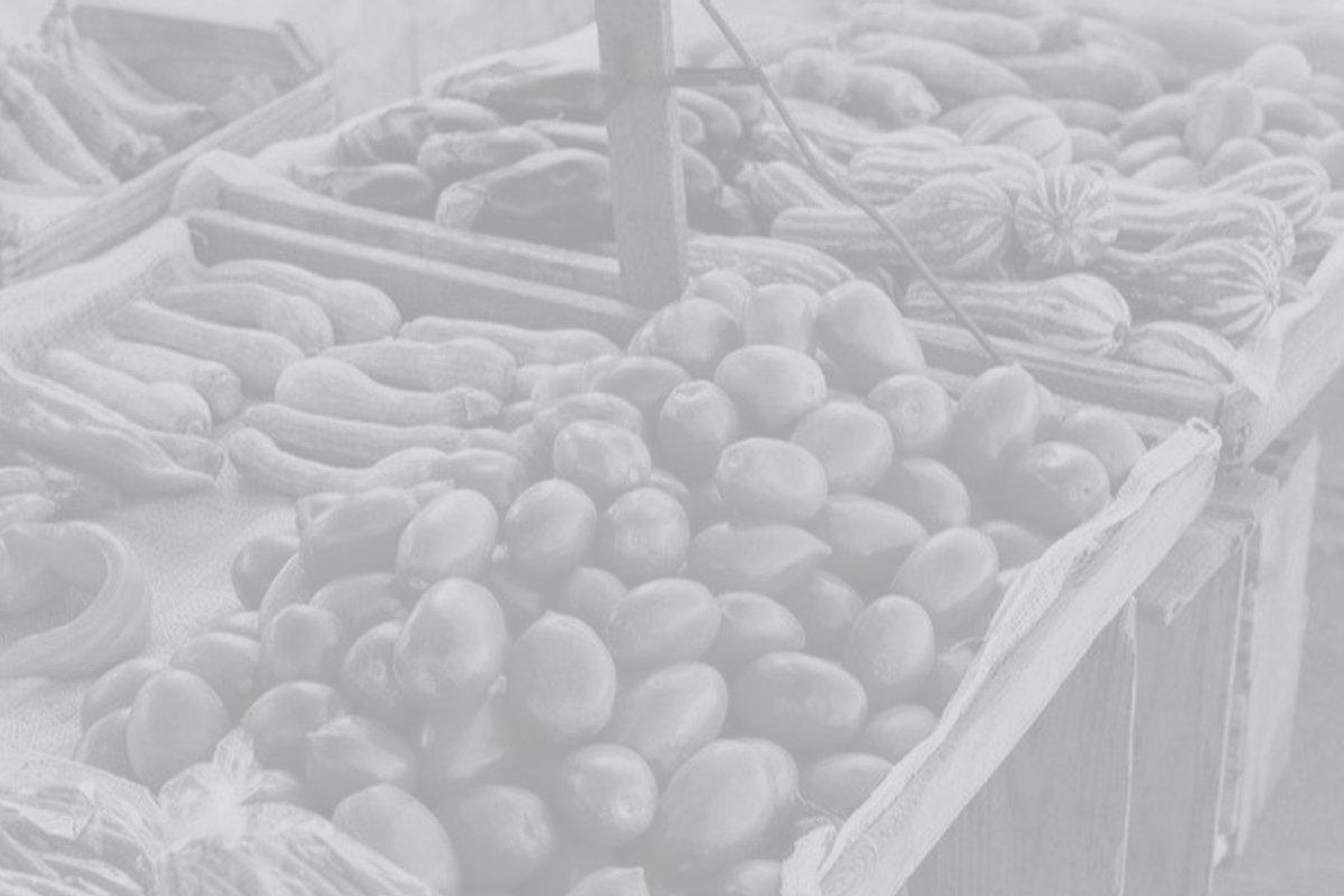Dutch consumers are reluctant to switch to biological products: that's what recent figures show. According to ABN AMRO market insights, the share of biological products in food retail has remained between 3% and 3.5% for over five years now. Although the growth of biological food sales is slightly above overall food market growth, the pace is too slow to make for a substantial shift in agricultural practices.
So, how can we make sustainable food production and consumption standard practice?
The problem: too little room for investments at the source
It's paramount that we focus on volume rather than specialty. Farmers require room to invest in large-scale sustainable food production. Our own research (based on data from Wageningen University & Research) shows that when milk is sold to dairy cooperatives, the return on land is (almost) zero — and the average Dutch dairy farmer uses over €3M of agricultural land. Another example includes liver sausage that is sold below cost price, as pointed out by TV show Keuringsdienst van Waarde.
Generally speaking, when products are offered below cost price, the associated loss needs to be absorbed somewhere in the chain. It is unlikely that the most powerful player — the food retailer — will absorb it. While society requires farmers to push quality and environmental standards, they lack the resources to invest.
Today's food retailers use essential instruments to attract the (usually price-sensitive) Dutch consumer: they communicate low prices and provide bulk offerings. Challenging below-cost price selling is hardly an option, as the essence of our current system is the seller's freedom to set a price.
The solution: fair food prices
Here's what we can do. First, we need to develop a much broader understanding of price, based on supply chain insights. Then, we should communicate fair prices for high-quality fresh food products. Minimum quality standards require minimum prices — just like minimum living standards require minimum wages. This principle seems to be gaining some momentum.
What's crucial is to generate awareness. People need a better understanding of what they're buying, how it's produced and traded, and which price is fair. In the end, though, fair price initiatives are likely to require some kind of bottom-pricing mechanism to ensure below-cost price selling is considered a way of dumping and can be treated as such. This combination of consumer awareness and fair pricing can generate healthier returns, enabling farmers to make a significant shift to large-scale sustainable food production.

